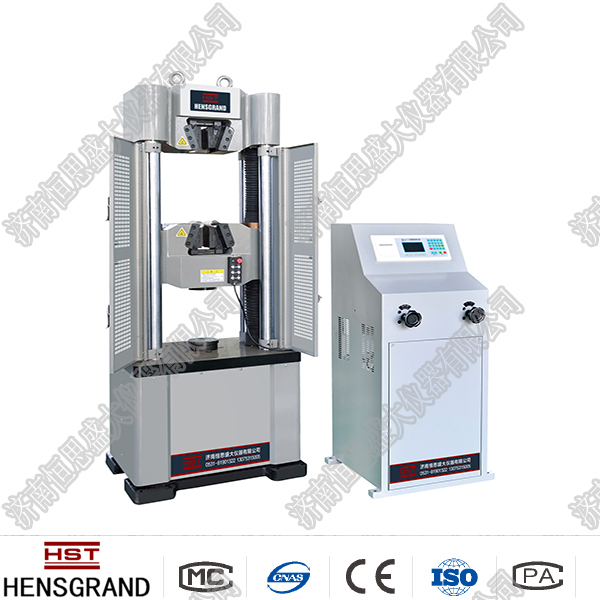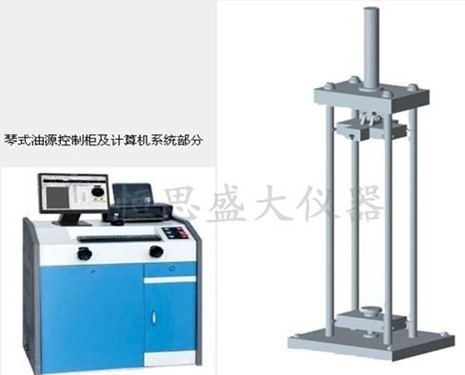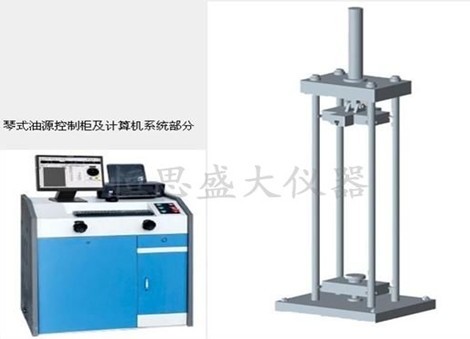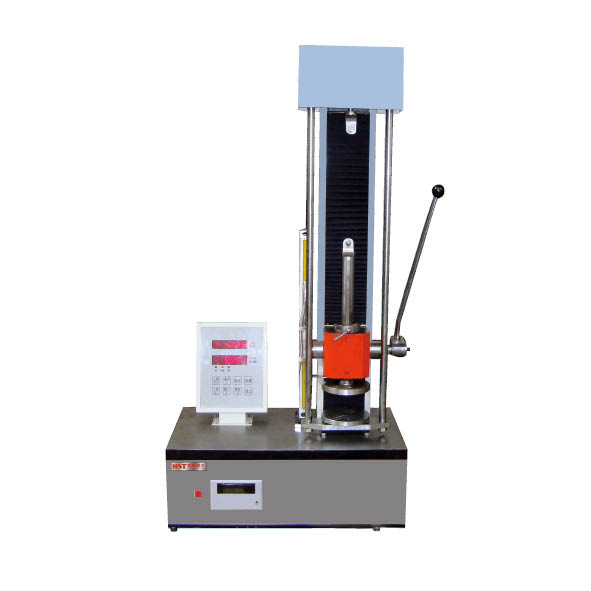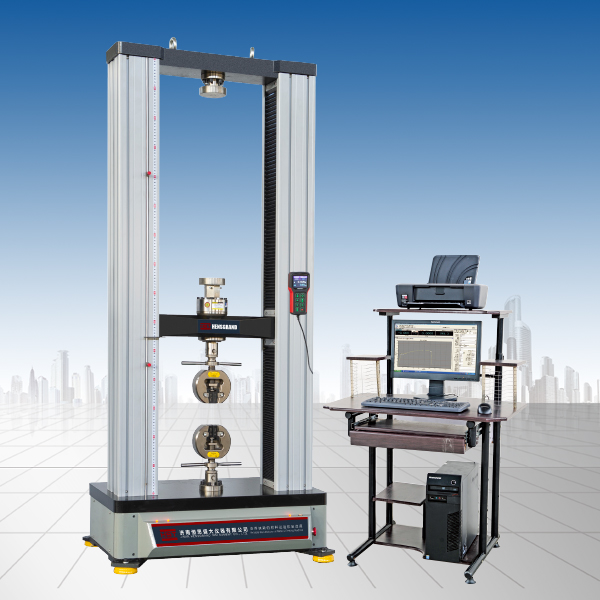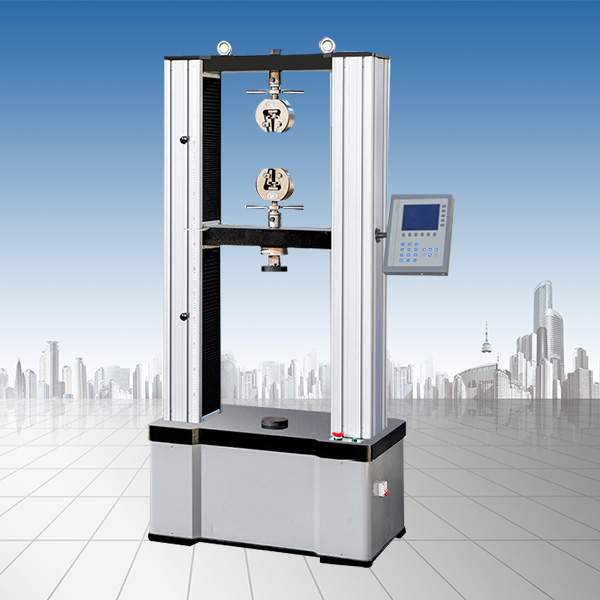News
Methods for daily maintenance of fatigue testing machines
Release time:2022-10-21 source:Jinan Hengsi Shanda Instrument Co., Ltd. Browse:
Fatigue testing machines are generally used as tests for fatigue strength or fatigue life of materials or components. When using this equipment, you should also pay attention to maintaining equipment parts. Components that are more prone to problems are fixtures, motors, sheet metal and sensors. In order to better use the fatigue testing machine, daily maintenance and cleaning work is indispensable. Below, the editor will tell you how to maintain and clean the fatigue testing machine.
1. Fatigue tester fixture: As an important part of the instrument, different materials require different fixtures, which is also an important factor in whether the test can be carried out smoothly and the accuracy of the test results. During use, as the number of times is used, the clamping force of the fixture will cause errors in the test data as the test is worn. At the same time, the fixture is made of metal. If exposed to the air for a long time, rust and corrosion will occur, which will cause errors in the test results.
2. Fatigue tester motor: It is an engine that controls the operation of the components of the fatigue tester. It is used too frequently. Once the temperature is too high, the entire machine cannot operate normally. Therefore, it is necessary to regularly check the temperature, vibration status and internal wires of the motor, and clean the motor regularly.
3. Fatigue tester sheet metal: It is a protective layer on the surface of the fatigue tester to prevent corrosion caused by oxidation and water in the air. If the sheet metal is accidentally scratched, it must be repaired in time to avoid corrosion and scrapping of sheet metal due to impurities such as water. In addition to the above situations, during transportation, the sheet metal is severely deformed due to bumps, collisions, etc.
4. Fatigue tester sensor: It consists of two parts: sensitive components and processing circuit. The most important and common problems are caused by failure of the fatigue tester sensor. The main reason for the overload of the test force. A series of chain reactions caused by overload, such as impact, will cause the tester to fail to operate normally. Only by replacing the sensor and then recalibrating the sensor can it work normally.
Recommended productsPRODUCTS


















